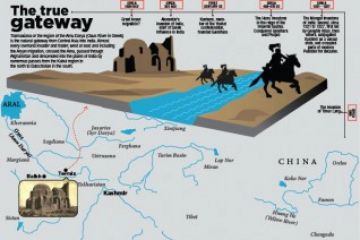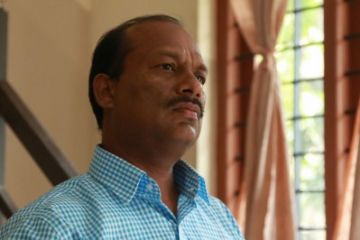
Most people have an innate sense of a balance sheet—of their
assets and liabilities. A tribal woman who pawns her silver jewellery to a
money lender knows she has parted with an asset in exchange for money. She may
not know the term or understand accounting but she knows she can only redeem
her asset by paying the loan with interest. She also knows that if she consumes
this money she would enjoy a higher spending level while it lasts but also that
she will in the end be poorer because she





